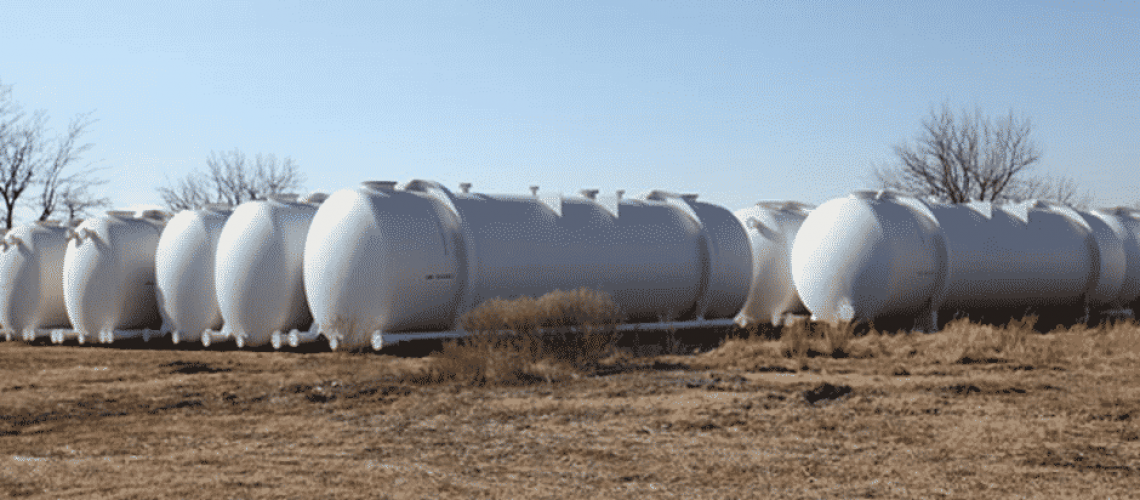Water has long been a major political battleground in Western Australia going as far back as the debates around the construction of our first dam (Victoria Dam – Lesmurdie) in 1891, followed by the construction of the Goldfields Pipeline 1903, Canning Dam 1933, Ord River Dam 1963 – 71, Kwinana Desalination Plant 2006, and the commencement of Perth groundwater recycling 2017.
In each instance, the final decision to invest public resources to overcome water shortages only came after a long political battle, invariably driven by growing water restrictions as a result of the combined effects of drought and rapidly increasing demand.
In each case the government of the day went through a long and drawn-out debate starting with the denial that there was a problem, followed by dismissal of the concerns of the protagonists, then delay in the hope that the rains would come in time to solve the problem, before offloading as they claimed it was a private problem, then desperation as they looked for cheaper alternatives, culminating in overspending as they eventually moved to fix the problem and finally credit for claiming they were always part of the solution.
Across our 7000 km rural Water Corp pipe network we have a problem. The network is not capable of keeping up with the demands of declining rainfall, falling run off into farm dams, growing demand for high-quality water for spraying and the need for larger volumes of water at short notice for fire management.
The end result, as we have seen over large parts of the Eastern Great Southern is that those at the end of the pipeline have had their water supply run dry and standpipes across two shires in January 2019 padlocked shut.
What came next was a Water Deficiency Declaration made by local farmers as a means of forcing government action. The government uses ‘water deficiency’ as its code word for ‘drought’ which the state government has deleted from its vocabulary having banned it from use by its various agencies since 1989 in an Orwellian attempt to extract itself from discussions over any form of drought support.
What we have seen over the past 12 months, as parts of the state roll through their second record low rainfall year (drought), is yet another re-run of the debate around government’s responsibility to provide essential infrastructure to the community. Just like in the gold rush days, the issue was not the lack of water to pump to Kalgoorlie but the lack of a pipeline to get it there.
Today we have the same problem. We do not lack water, there is the whole Indian Ocean to flood the desal plants and lots of expensive renewable energy to drive them. What we lack is a fit for purpose pipeline that can provide the water at pressure to where it’s needed in towns like Newdegate, Hyden and Ravensthorpe.
With no water in the pipeline, the government is now busy plugging the gap with contractors carting millions of litres a week up to 200km from standpipes closer to Perth at vast expense, but this is not solving the problem. We need a Sir John Forrest to step up and instruct the Water Corp to upgrade the country water supply network to ensure it is capable of supplying towns through the next 2010 drought and into the future.
It is not a complex problem or necessarily that expensive. Upgraded pipes and pumps to carry more water, build big million litre tanks on every standpipe as strategic reserves and provide shires with $1m – $2m each in special funding to build large town dams, catchments and desal plants to keep ovals and lawns green during the longest drought.
Where do the funds come from? The obvious place for the state government to find the money is out of the compulsory dividend extracted from Water Corp by the state government. In 2019 that was over $400m even after accounting for the rural subsidy for the additional cost of providing an essential service to the regions. $100m a year of this should be allocated into a trust fund over four years to address the rural water supply deficiency at the end of the pipeline to keep our towns green and emergency water in tanks to fight fires and to keep stock alive in droughts.
The federal government should be doing its share by reprioritising its drought funding from reactive to proactive. If they want to ensure Australian agriculture is resilient in the face of climate change drought and fire and avoid endless demands for emergency support, they will incentivise farmers to build strategic 10,000m3 extra-large dams to carry them through long dry spells and provide the community with an additional water source for firefighting.
Farmers know the worth of water and they understand the difference between public and private benefit. They accept that they must pay for the water they use in their spraying programs and for normal stock use and that this will be charged at full cost recovery rates. Farmers also know they need to invest to expand their dams and catchments to carry them through the driest of dry spells, but they also know that governments have a responsibility to ensure water is available to fight fires and keep towns alive.




